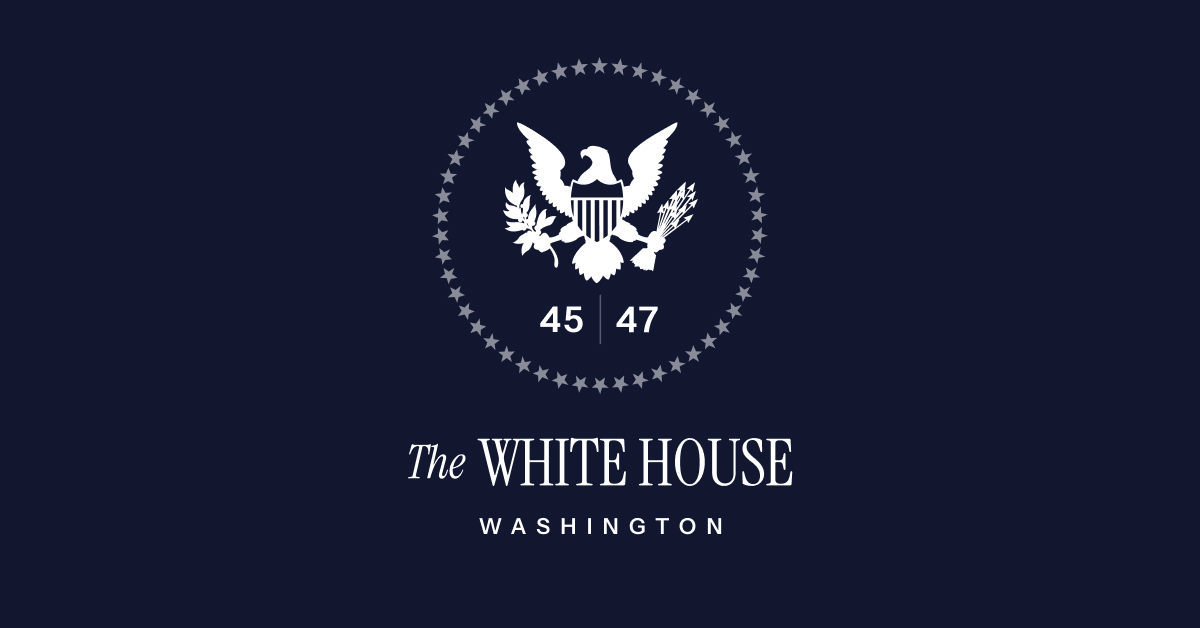On March 25, President Trump signed an Executive Order that marks an ambitious effort to crack down on fraud, waste, and abuse in federal payments. It’s called "Protecting America’s Bank Account Against Fraud, Waste, and Abuse."
The order is the latest in a long line of federal initiatives aimed at improving financial oversight and transparency—goals that have challenged the federal government for decades. Several parts of the EO revive longstanding government efficiency ideas, including consolidating financial systems, improving pre-payment screening, and pushing agencies to use shared services and pre-qualified vendors.
Having both worked on fraud prevention from the private sector and inside government, we see this order as another signal that agencies are being asked to move from reactive to proactive fraud prevention—something many have wanted to do but struggled to operationalize.
What is in the order?
First, it directs federal agencies to return payment disbursement responsibilities to the Department of the Treasury where possible. Today, roughly 22 percent of federal payments—more than $1.5 trillion annually—are made by agencies operating outside Treasury’s oversight. That fragmentation introduces risk, complexity, and limited visibility into how money moves through federal programs.
Second, it requires agencies to comply with a series of pre-disbursement verification checks before funds go out the door. This includes validating key details like:
- Payee identity (name, TIN, SSN, EIN)
- Bank account validity and ownership
- Availability and legality of funds
- Associated contract or award documentation
Payments that don’t meet these criteria may be returned to the agency for reconciliation. While this may add operational friction, the aim is to reduce improper payments before they happen—not after.
To enable this, the EO also instructs agencies to update Privacy Act notices to allow more routine data sharing with Treasury and gives Treasury more flexibility to use computer matching to identify high-risk transactions. Agencies will need to share more granular data and do so in a standardized format, which may require system upgrades and policy changes in a relatively short time frame.
Lastly, the EO calls for renewed efforts to consolidate the federal government’s core financial systems—something that’s been on the table since the early days of the shared services movement. Agencies will be expected to align with Treasury-approved platforms, reducing the fragmentation and inconsistency that have long made it difficult to trace payments or detect patterns of abuse.
The goals outlined in this order are not new. But if implemented with urgency and focus, they could lead to meaningful improvements in how the federal government detects and prevents financial fraud. Now is the time to make this order a reality.
We started TrackLight because we saw the urgent need to bring vast amounts of data and cutting-edge technology to the problem of uncovering fraud, waste, and abuse in government programs. This order underscores the importance of that mission—but the hard work of execution still lies ahead.







